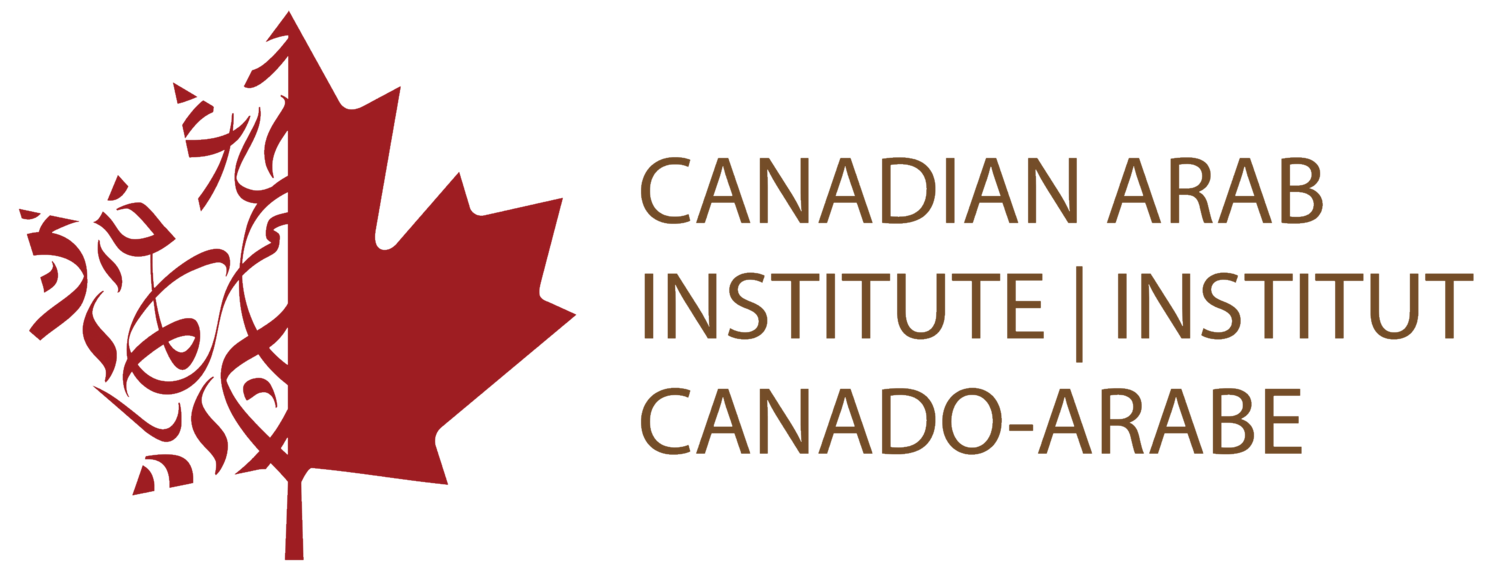Josoor (“Bridges” in Arabic) examines how to leverage existing technologies in facilitating the integration of Arab and Sub-Saharan African refugee and newcomer women through virtual and remote settlement services.
This project is led by the ACCT and funded by the Department of Immigration, Refugees and Citizenship Canada (IRCC). We are grateful to have Dr. Michaela Hynie from York University's Centre for Refugee Studies be a part of the research team by designing the research instruments. We also look forward to working alongside several other community members and organizations, such as settlement organizations, community associations, and tech startups, to ensure the success of this project.
Importance of Josoor
COVID-19 showed us how difficult it is for marginalized members in our community to access the services they need to help them overcome systemic barriers in their integration into Canada. This project seeks to increase digital access among participants to empower them to make informed choices and decisions during their process of settlement in Canada.
Timeline
December 2021 to March 2024
This multi-year project has three phases. The first phase is a needs assessment, where the research team is conducting an in-depth survey and focus groups to effectively understand the gaps and evaluate the needs of the intended users of these services. Then, the research team will build a prototype based on the needs assessment, in order to fill the experience gaps. Finally, we will be piloting the prototype through a randomized controlled trial in order to evaluate the successes and improvements of the prototype.
Outcomes
1. Identification of Key Barriers:
The research identified four primary, intersecting barriers affecting refugee and newcomer women’s digital access to settlement services:
Language barriers, especially for those with low formal education or government-assisted refugee status.
Socio-economic barriers, with most participants unable to afford laptops or stable internet.
Geographic limitations, where access to in-person services is affected by transit challenges and weather.
Digital literacy gaps, particularly in computer usage, with higher challenges for those with lower education or refugee backgrounds.
2. Development of a New Service Delivery Model:
A community-based, trauma-informed prototype was developed, comprising four integrated components:
Provision of hardware (laptops).
Provision of connectivity (internet).
Digital literacy training (15 hours in Arabic and English).
A Digital Service Protocol for agencies, including intake forms, digital navigator training, and trauma-informed guidelines for remote service delivery.
3. Participant Engagement:
Over 600 newcomer and refugee women were recruited.
509 completed surveys, 93 participated in focus groups.
69 women were enrolled for the pilot phase to test the prototype through a randomized control trial (3 groups of 23).
Key Findings
Intersectionality Matters: Barriers often overlapped; for instance, those with lower language skills and income had the lowest digital literacy and the least access to services.
Trust & Usability: Even with digital tools, trust in online information was low. Many preferred validation through human interaction.
Device Use Patterns: Smartphones were widely used, but participants expressed a strong desire to access services through laptops if trained.
Digital Literacy is Learnable: Despite challenges, 96% of participants expressed interest in learning new applications with some assistance.
Service Gaps in the Sector: Providers lacked consistent training, resources, and guidelines to effectively offer remote services, contributing to inequities in access.
Conclusion
The Josoor project demonstrated that a holistic, user-informed approach can mitigate major barriers faced by Arabic-speaking and sub-Saharan African newcomer women. By centring the voices and needs of the target population, the Josoor prototype presents a scalable model for equitable digital settlement services.
The project confirmed that access + training + trust = improved outcomes. However, challenges remain around reaching specific sub-groups (e.g., privately sponsored refugees, rural residents), and sector-wide capacity needs to be strengthened for systemic change.

